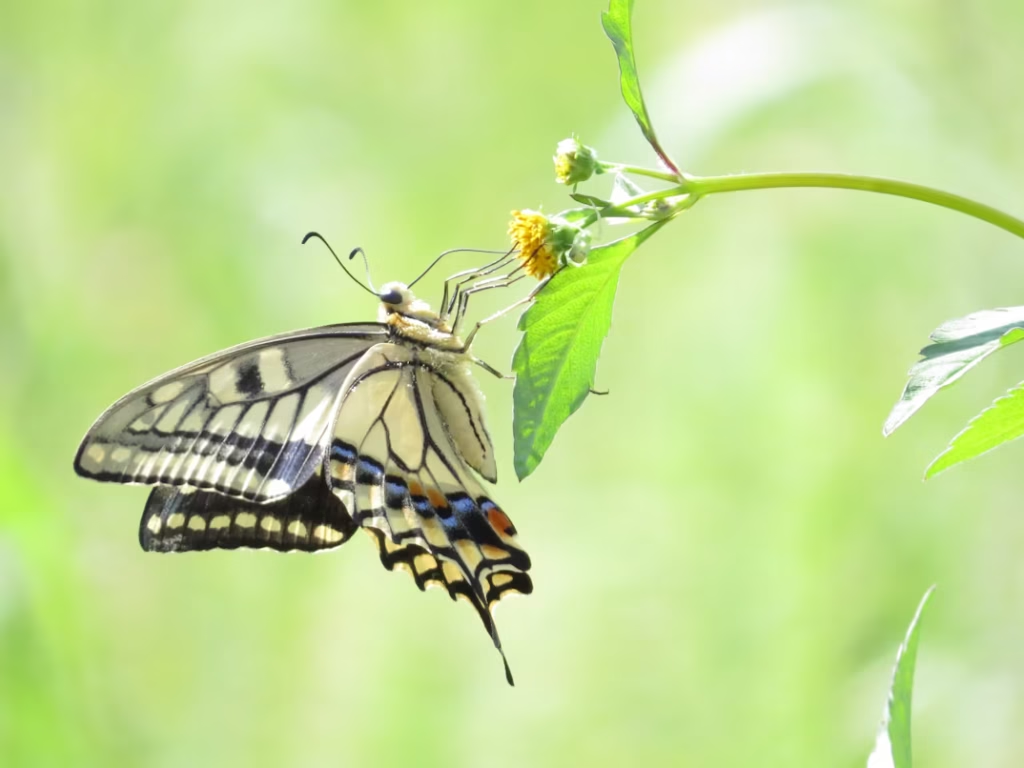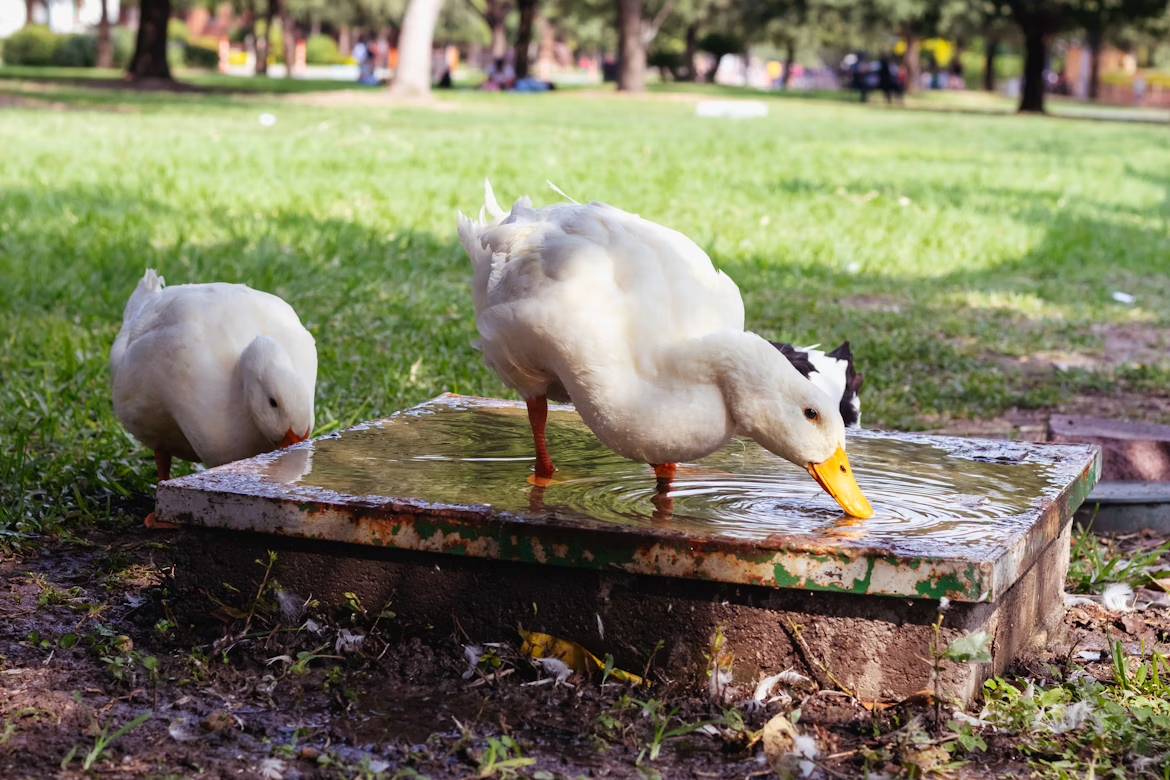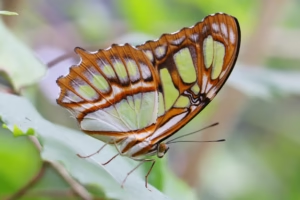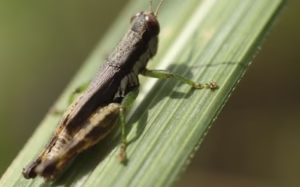Butterflies often appear gentle, colorful, and harmless. Yet in nature, even these delicate creatures sometimes display surprising behavior. Scientists have documented cases where milkweed butterflies eat their young, an unusual form of cannibalism. This phenomenon raises questions about survival, reproduction, and the complex strategies butterflies use in the wild.

Why Do Milkweed Butterflies Eat Their Young?
Researchers at the University of Sydney observed that male milkweed butterflies sometimes feed on live or dead caterpillars of their own species. This behavior is not random cruelty but a calculated survival strategy.
- Caterpillars consume toxic plants such as milkweed.
- These plants provide chemical compounds (cardenolides) that deter predators.
- Adult male butterflies can use these chemicals to create mating pheromones.
In essence, by eating their young, male butterflies steal defensive chemicals already stored inside caterpillars. These stolen chemicals help them produce pheromones, which act as courtship gifts to attract females.
Scientific Term for This Behavior
Entomologists coined a new term for this unusual practice: kleptopharmacophagy.
- Klepto = theft
- Pharmaco = chemicals
- Phagy = eating
This translates to “chemical theft for consumption,” a concept that doesn’t neatly fit into predation or parasitism.
How Butterflies Feed on Caterpillars
Milkweed butterflies usually scratch leaves to release plant juices rich in toxins. They apply the same method to caterpillars:
- Scratching – Using their claws, they break open the caterpillar’s skin.
- Feeding – They drink the chemical-rich body fluids.
- Reproduction Advantage – Males use the stolen chemicals to improve pheromone production, increasing their chances of successful mating.
Is Cannibalism Common in Butterflies?
Cannibalism is not unique to milkweed butterflies. Other insects, including grasshoppers and mantises, sometimes eat their own kind. Monarch caterpillars have even been observed eating eggs when food is scarce.
- Food Scarcity – Limited milkweed supply can trigger cannibalism.
- Competition – Stronger caterpillars eliminate weaker ones.
- Survival Strategy – Eating eggs or larvae provides a quick protein boost.
See also: grasshoppers eat.
Comparative Feeding Behaviors
| Insect | Feeding Behavior | Purpose |
| Milkweed butterfly | Eats caterpillars (young) for chemical compounds | Mating pheromones |
| Monarch caterpillar | Eats eggs/other larvae in crowded conditions | Reduce competition, survival |
| Grasshopper | Eats plants, sometimes smaller insects | Nutritional flexibility |
| Duck | Eats plants, insects, grains, small aquatic animals | Balanced omnivorous diet (Ducks Eat) |
2 Key Reasons Why Milkweed Butterflies Eat Their Young
-
Chemical Advantage
One of the main reasons why milkweed butterflies eat their young lies in chemistry. Caterpillars feed on milkweed plants, which are rich in toxic compounds called cardenolides. These toxins act as a defense system, making caterpillars taste unpleasant to most predators, such as birds or small mammals.
However, adult male butterflies have evolved a surprising strategy: instead of avoiding these toxins, they steal them. By feeding on their own caterpillars — sometimes alive, sometimes already dead — they absorb the cardenolides stored inside. The butterflies then convert these chemicals into mating pheromones, which serve as gifts to females during courtship.
This process, known as kleptopharmacophagy (chemical theft for consumption), doesn’t fit neatly into classic animal behaviors like predation or parasitism. Instead, it represents a unique survival tactic where eating their young directly increases a male butterfly’s reproductive success.
-
Survival Pressure
Another reason for this behavior is survival under pressure. In some cases, cannibal caterpillars and adults resort to eating eggs, larvae, or even corpses of their own kind when resources are scarce.
Food Scarcity: Milkweed plants are not always abundant. In areas with limited supply, butterflies and caterpillars may turn on each other for nourishment.
Overcrowding: When too many caterpillars gather on the same plant, competition for leaves becomes fierce. Cannibalism reduces competition and helps stronger individuals survive.
Nutritional Boost: Consuming eggs or small larvae provides quick protein, fats, and minerals that support growth or reproduction.
While rare, these behaviors remind us that even animals often seen as gentle can display flesh-eating and corpse-feeding tendencies under extreme conditions. It also explains why some observers describe them as “butterflies eating their young” or even “flesh-eating butterflies.”
FAQs
Q1: Why do milkweed butterflies eat their young?
Male milkweed butterflies sometimes eat caterpillars to steal toxic chemicals. These chemicals are converted into mating pheromones that help them attract females.
Q2: Do caterpillars ever eat each other?
Yes. Cannibal caterpillars such as monarch larvae may eat unhatched eggs or smaller caterpillars when food is scarce or when plants are overcrowded.
Q3: Do butterflies eat corpses or dead animals?
Some butterflies feed on unusual sources such as rotting fruit, carrion, and even corpses. These provide minerals and salts not found in nectar.
Q4: Are butterflies dangerous to humans?
No. Despite terms like “flesh-eating butterflies,” they are not a threat to people. They do not bite or eat human flesh but may land on sweaty skin to sip minerals.
Q5: Is butterfly cannibalism common in nature?
Cannibalism in butterflies is rare and usually triggered by special conditions such as chemical theft for mating or food scarcity. Most butterflies feed harmlessly on nectar, fruit, or plant fluids.
Final Thoughts
While it may seem shocking that milkweed butterflies eat their young, this behavior is rooted in survival and reproduction. Nature often relies on strategies that may look cruel to humans but serve essential evolutionary purposes. By studying such behaviors, scientists gain deeper insights into the balance between survival, reproduction, and ecological adaptation.
Share this content:













Post Comment
You must be logged in to post a comment.